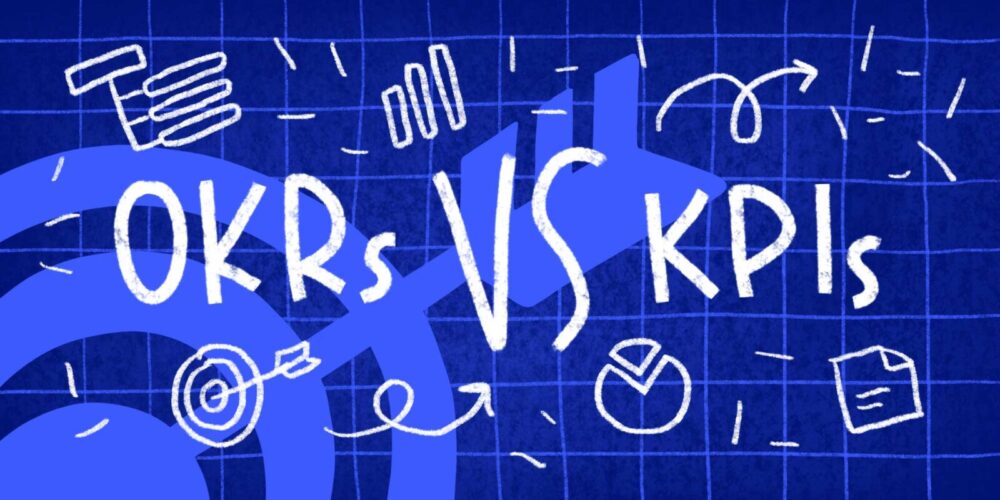Have you ever wondered why most employees don’t like their work? Statistics have it that 70% of employees loath the work they attend to daily.
The core of this problem is employee engagement. However, unexplored this topic is, it is the true backbone of success to any company’s goals.
Someone may argue that one of the hardest tasks for any company’s management is ensuring that their employees are engaged. It has been rumored that most employees are pre disengaged even before joining their current employers.
How to Identify Engaged Employees

As an employer, you will need to identify the engaged employees. In your company, if you value success. The basic things to look for in your identification quest are enthusiasm and ideas. Your everyday engaged employee is one who constantly buds with new ideas but does not misunderstand here.
While many companies invest in work-friendly environments, the topic of clear goals is neglected. It is a norm to incorporate extracurricular activities to give the employees space to breathe, but do you know that the company’s success is hugely tied with the clarity of company goals to the workers? This is what employees understand as being involved, and it equals engagement.
So are your employees bored and disengaged? It would be best if you were thinking about OKRs.
So what are these OKRs?
OKR is a short form of objectives and key results. It is basically a formula by which this company develops a set of specific goals and then defines the key results affiliated to the set objectives to measure the success of the goals.
This is not a tool for the small upcoming companies and the manuscript of success for bigger companies such as Amazon, Google, eBay, and the rich dad franchise.
The OKR formula is drafted and perfected by the firm board; the board then passes the progress to the management team, where it is plotted in a framework that is acceptable by the employees before it is laid before them.
Immediately after incorporating OKRs in the enterprise structures, employees see the direct effect of their efforts in the growth and success of their company. Note here that the firm changes from the employers to a unit that the employees refer to like theirs, and that is employee engagement at its best.
Now you will have a firm where the employees understand what is expected of them, and they will be engaged more passionately in work. Many confuse OKRs with KPI while these two are completely different.
Difference between OKR and KPI

The difference between these two is clear from their definitions. While OKR stands for objective and key results, KPI stands for key performance indicators.
The KPIs are metrics and targets of the company, whereas OKRs are future goals and the company’s direction. The technicality of these two can be understood better by the use of examples as below.
OKR; objective –an increment of annual production by 30%
- Key result 1-increase marketing by 10%
- Key result 2-build two new production centres
- Key result 3-increase the workforce by 15%.
KPI; the metrics to slow production rate are;
- Material delay time
- Employee absenteeism
- Employee overworking
- Employee turnover rate
How far back in time do OKRs Go?
The father of OKRs is Peter Drucker. He is the first person to partake of modern management as an independent concept.
He devised the management by objectives formula. This formula enables managers to be involved in business objectives and organization goals rather than being caught up in the activity trap as he put it in his formula.
Intel CEO Andy Grove also took up the idea. He upgraded the Ducker’s formula by adding key results to it, and then a modern secret to success in companies was born.
John Doerr developed the idea at Intel, and is now a silicon valley venture capitalist. He captured the eye of Google’s CEO Larry Page, who liked the idea, and OKRs was elevated to higher-end companies status, with the first being google.
So How Will OKRs Help Your Company Flourish?

It is smart in life to take other people’s good examples and use them to your advantage. The top companies have been proven to use the OKR formula, and their profits are mostly through the roof.
If the correct implementation criterion is followed, OKRs promise increased employee engagement which is essential for company success. Below are the various ways that OKRs will flourish your company.
Autonomy – Each employee wants to feel a certain degree of autonomy within the firm structure. This comes as a bonus to the unification of the enterprise towards similar goals. OKRs ensure that each employee takes upon themselves in their own autonomy to achieve the joint company objectives.
Structure streamlining – With OKRs, the company’s whole structure is streamlined, and the whole workforce has clarity on the company’s goals, and hence commonality is achieved. This is vital for the company’s growth.
Reducing distractions – As the father of OKRs had foreseen, being caught up in activity traps is common in companies. This is, however, eliminated through OKRs as they tend to focus the firm as a whole towards common goals. With the elimination of confusion, productivity is assured, and profits are generated.
Employee engagement – This is the most rewarding of the benefits of OKRs in a company. When employees feel incorporated into the company’s broader picture, they are more productive and more interested in their company’s growth, and this is the basic coding of company success.
Promote learning from mistakes – Mistakes are part of nature, but they can be minimized. This is mainly achieved by checking out former mistakes and pulling important lessons from them. OKRs will enable a company to pull back former information for reference to avoid future mistakes. This is important in maintaining an upward growth of company profits and, in general, the success of the company.



